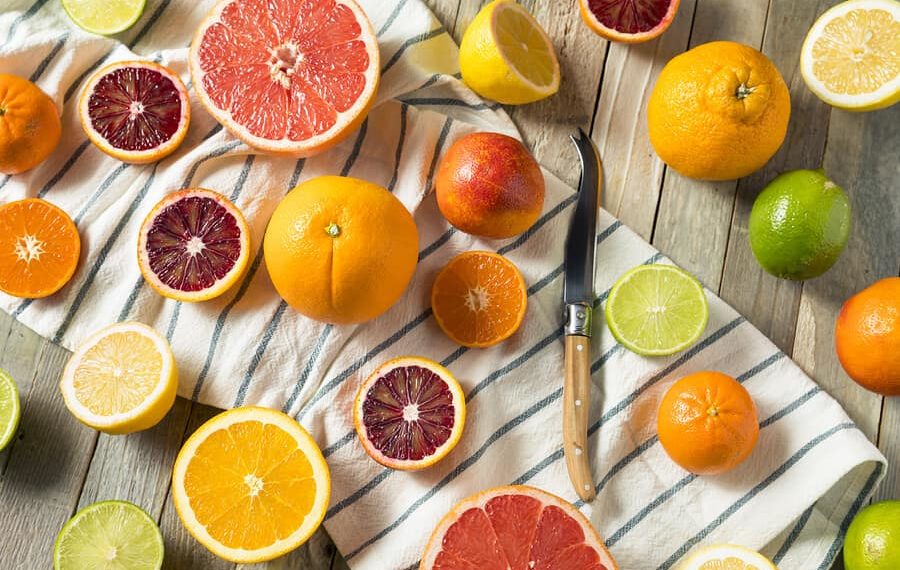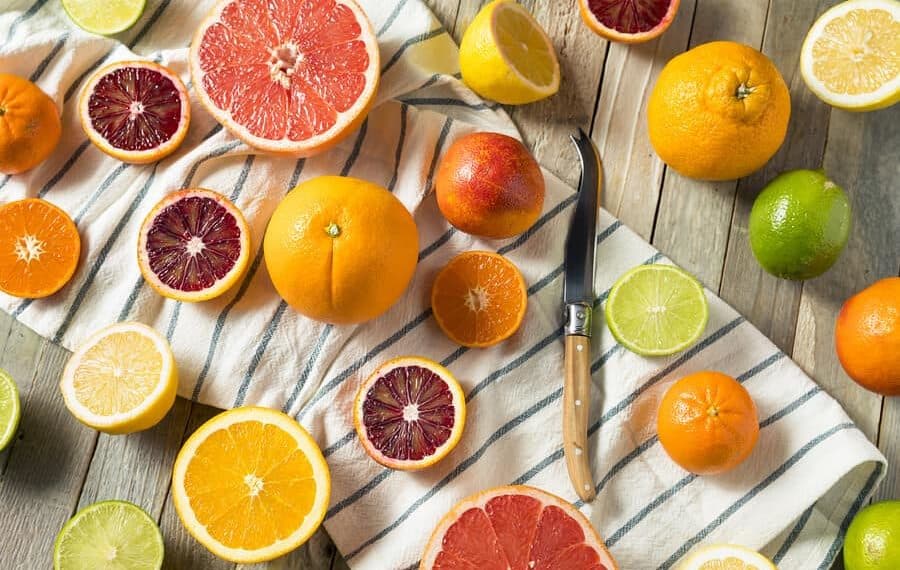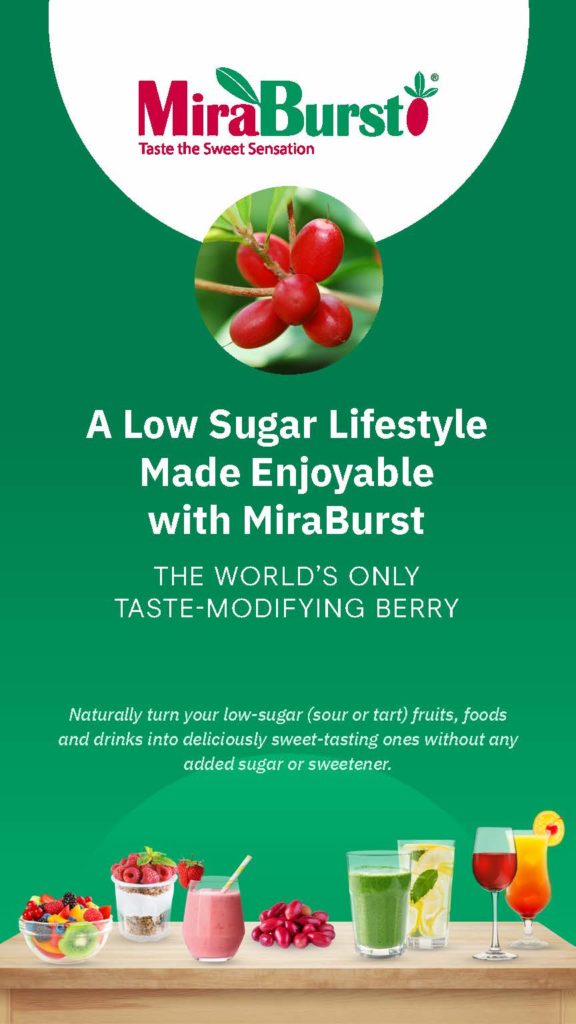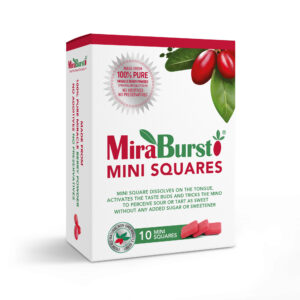
Flavor Tripping Berries & Taste Tripping Pills

If you are familiar with miracle fruit, you may have run across the concept of “flavor tripping”. These are trendy events where people can test the miraculous taste bud enhancing properties of the miracle berry. No, there are no drugs involved in this “tripping”, just your taste buds, some miracle berries, and some foods that you wouldn’t normally be ingesting on their own. The only perceptions that are altered are your taste perceptions.
A Strange Kind of Party
When was the last time you went to a party where someone asked you to drink vinegar? But this is common at a flavor tripping event. Odd? Oh, yes. And even odder still, you will actually like the taste of the vinegar. This is what happens when you consume the miracle berry before you eat something sour, acidic, or bitter. Wild, huh?
How Does It Work?
First, let’s talk about the miracle berry and how it does this magic. When the berry is consumed, the active protein in the fruit binds to receptors in the taste buds on the tongue. When this protein is consumed, the sweet receptors begin to fire and the sour and bitter receptors are suppressed. Consequently, you experience these sour, acidic, and bitter foods as sweet.
It’s Been Around for Centuries
The official name of this miracle fruit is Synsepalum dulcificum and people in West Africa have used it for centuries to make otherwise sour and unappealing food good to eat. It was discovered by a French explorer in the early 1700s and eventually found its way to the US by a botanist with the Department of Agriculture in the 1960s.
[mira-10-tab]
The Excitement of a Natural Alternative to Refined Sugar
In the late 1960s, the active protein that caused this disruption of the taste buds was isolated and it was named miraculin. Many were excited by the implications of having the availability of enjoying sweet foods without the associated calories or chemical storm, not to mention the life-changing options for diabetics.
Miraculin Named A Food “Additive” By the FDA
Unfortunately, on its way to being marketed as the “miracle” alternative to refined sugar, the FDA decided to name it as a food additive instead of a natural substance. This required years of comprehensive studies and the miracle berry was put on the shelf instead of going head to head with sugar and its evil substitutes. Although it has been postulated that the sugar or artificial sweetener industry may have pressured the FDA, we still don’t know why the FDA determined the way it did. Luckily, the miracle fruit can be legally grown and is now even providing help to chemo patients for the metallic taste that sometimes accompanies the chemotherapy process.
So, What Happens at a Flavor Tripping Party?
At that flavor tripping party, you’ll be offered an assortment of sour and acidic foods and drinks. After a miracle berry or miracle fruit tablet, that lemon or sauerkraut tastes sweet and entirely different. Even bartenders are finding new ways to use the miracle berry for those adult beverages.
Dangers?
You may be wondering if there is any danger in consuming miracle fruit. Miracle fruit is entirely safe unless you are allergic. Most allergic reactions to miracle fruit have been shown to be relatively mild, however.
For now, if you have found miracle berries or miracle fruit tablets at a flavor tripping event, you are in good company. After hitting the pages of the Wall Street Journal and New York Times, one Florida grower saw his profits quadruple from the previous year.

